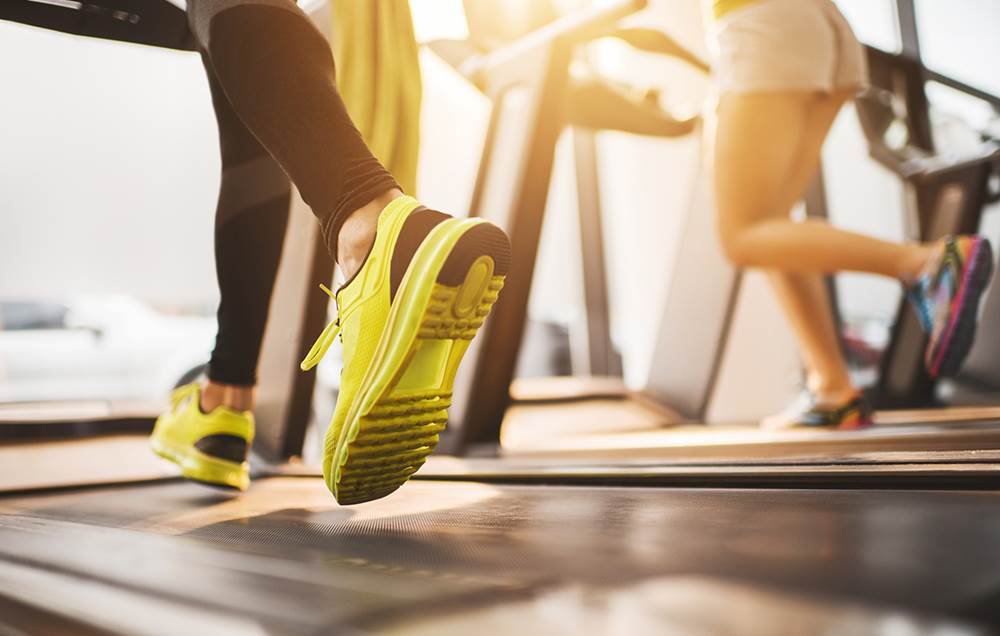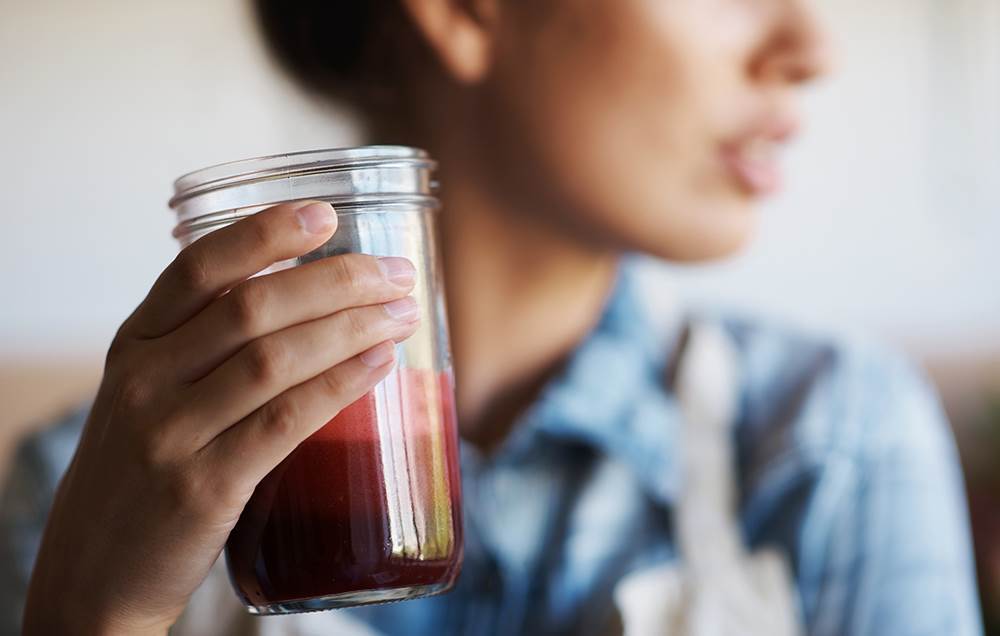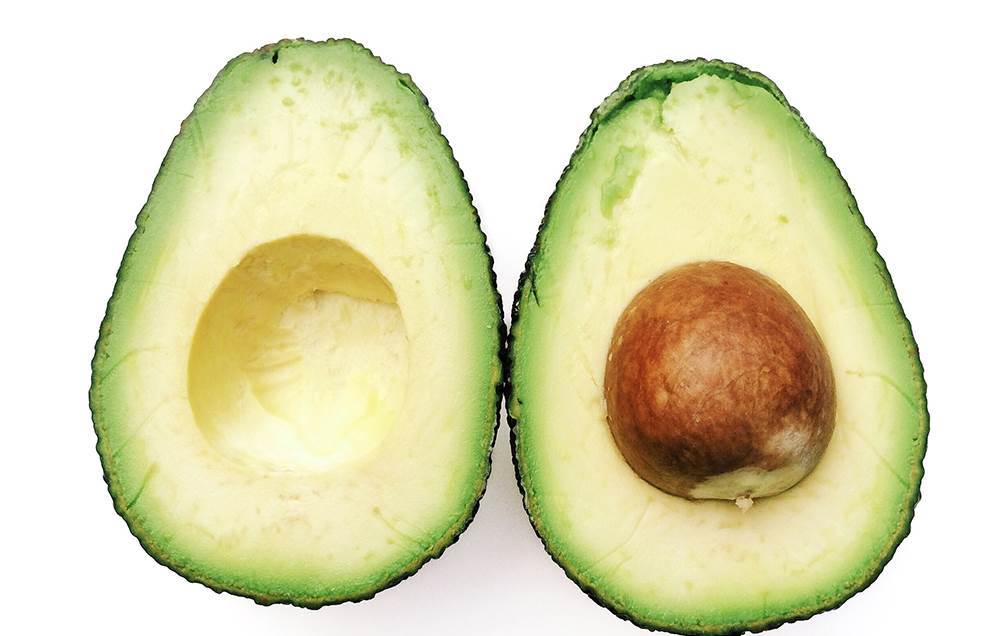Nothing's easy when it comes to weight loss. But dropping those last few kilograms can be extra difficult.
Why is that? "As you lose weight, and especially if you've lost a significant amount, your metabolism slows down," says dietitian Dana Hunnes.
As you probably know, "metabolism" is expert shorthand for the energy - or kilojoules - your body burns during the day. The more your metabolism slows, the harder it will be for you to keep shedding weight.
Why does your metabolism downshift? Dieting deprives your body of energy it's accustomed to getting, says dietitian Bahram Arjmandi. Sensing that your kilojoule intake has dropped, your body may slip into a kind of energy conservation mode, he says. That explains why those first few kilograms fell off quickly, but the last few have proved stickier.
You can counteract the roadblocks your body and metabolism throw up between you and your target weight by changing these habits.





Photograph by BraunS/Getty Images
Your only exercise is cardio.
The time you devote to running or the cross trainer is time well spent. But if your exercise routine doesn’t include a resistance (or strength-training) component, you’ll eventually struggle to lose weight.
Muscle keeps your metabolism running at a high rate, Arjmandi says. But as you lose weight, you may be losing muscle in addition to fat. This can supercharge the metabolism-slowing effect of cutting kilojoules.
Start lifting weights or incorporating body-weight resistance training into your weekly workouts, he suggests. At least twice a week, you want to work on building muscle.
Photograph by PeopleImages/Getty Images
Most of your meals are liquids.
Smoothies rock, and they're a great way to control portion sizes when you're dieting. But they tend to slip through your digestive system without putting up much of a fight, which means your body doesn't have to burn many kilojoules to break them down and absorb them.
Fibre-rich foods, on the other hand, require more energy to digest and absorb, Hunnes says. "They're also high in nutrients," she adds.
Whole fruits, dark leafy greens and non-starchy vegetables are all foods that can help increase your post-meal kilojoule burn.
Photograph by Richard Coombs / EyeEm/Getty Images
You’re not eating any fat.
Yes, dietary fat is kilojoule dense. But healthy fats - the kind in nuts, avocado, olive oil and whole-fat Greek yoghurt - can help shift your body away from fat-storage mode and into fat-shedding mode, says endocrinologist Dr David Ludwig.
He points out that, for almost 40 years, most popular diets focused on limiting fat, and people just got heavier and heavier. Clearly, something’s not right there.
While Ludwig calls for a diet heavy in healthy fats, adding even small portions of good fats can help reverse your body’s fat-clinging reflexes.
Photograph by mihailomilovanovic/Getty Images
You’re not pushing yourself when you work out.
High-intensity interval training, or HIIT, involves short bursts of intense exercise - think hard running or sprinting, instead of jogging - followed by shorter periods of rest.
"There's a lot of research now that shows individuals who do HIIT training can really boost kJ-burn after a workout," Hunnes says.
If the number on your scale won't budge, it may be time to trade your leisurely morning 3km walk for a more-intense workout. Experts say to aim for a 2:1 workout-to-rest ratio. So if you run hard for one minute, take a 30-second break.
Photograph by Paper Boat Creative/Getty Images
You’ve stopped counting kilojoules.
The whole concept of counting kilojoules has taken a big hit in recent years as more and more research has shown that not all kilojoules are created equal. (See the previous section on fats.)
But Hunnes says paying attention to your kilojoules intake and portion sizes is still important. Why? “Most people underestimate how much they eat and overestimate how much they burn through exercise,” she says.
Especially when it comes to snacking, you may be eating a lot more than you realise - which in turn may be stalling your weight-loss progress.
Start paying closer attention to exactly how much you’re eating, particularly during those mid-afternoon breaks and after-dinner TV viewings.








.jpg&h=193&w=250&c=1&s=1)

